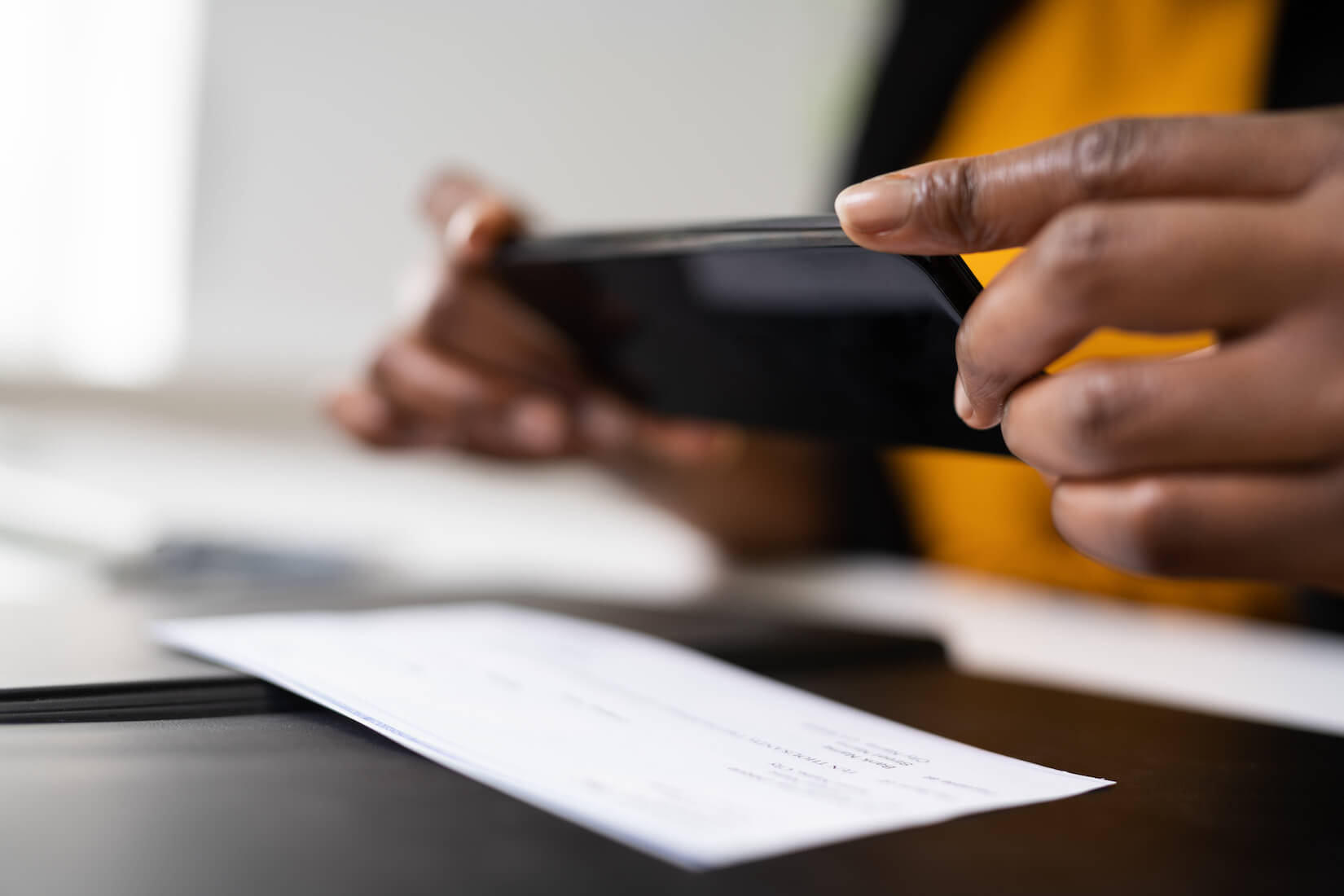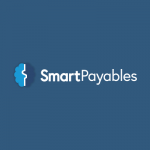In today’s fast-paced digital economy, checks might seem like an outdated form of payment. But behind those rectangles of paper lies a rich, fascinating history — one that spans centuries, continents, and the evolution of global finance. From their humble beginnings in ancient trade to their role in today’s automated banking systems, checks have been a cornerstone of commerce for far longer than most people realize.
Let’s take a journey through the history of checks and check printing services — how they began, how they evolved, and how they continue to shape the world of payments today.
The Origins: Ancient Civilizations and Early Banking
The concept behind checks dates back thousands of years. In ancient Mesopotamia, merchants and temple officials used clay tablets to record promises of payment. These promissory notes allowed trade to flourish without the need for immediate physical exchange of currency — an early hint at the future check system.
By the time the Roman Empire was at its peak (around the 1st century BCE), a more sophisticated version emerged. Roman bankers known as argentarii kept written payment instructions that third parties could redeem. These notes served as early drafts or checks and played a critical role in managing personal and commercial finances.
The Islamic Golden Age: Precursors to Modern Checks
In the 9th century, during the Islamic Golden Age, a system called “sakk” (from which the word “check” is derived) was widely used. A sakk allowed merchants to deposit funds in one city and withdraw them in another, effectively creating a trust-based system for long-distance commerce.
This innovation helped support a vast and growing trade network that extended from the Middle East to Spain, North Africa, and South Asia. Unlike coins, sakk could be easily transported without fear of theft, making them safer and more efficient for merchants traveling across dangerous terrain.
Europe in the Middle Ages: Promissory Notes and Banking Houses
By the 14th century, European trade was booming, and the use of written payment orders began to resurface. Italian banking families, such as the Medici, popularized the use of bills of exchange and promissory notes, which functioned much like modern checks.
In England, early versions of checks — known as drawn notes — became increasingly common by the 1600s. These handwritten instructions directed a banker to pay a specific amount to a named individual. Over time, they gained popularity with merchants and landowners who wanted to avoid carrying large sums of cash.
The Birth of the Modern Check: 17th–19th Century England
By the late 17th century, the modern check began to take shape. In 1717, the Bank of England issued pre-printed forms that could be filled in by hand — a precursor to today’s standardized checks.
Checks quickly grew in popularity because they were:
- Easier to track than cash,
- More secure for large payments,
- Convenient for business-to-business transactions.
By the 1800s, checks had become an integral part of the British and American banking systems. Banks introduced checkbooks, and clearinghouses were established to streamline the process of settling interbank check payments.
The American Experience: Checks Become Mainstream
In the United States, the 19th and early 20th centuries saw checks become the preferred payment method for everything from payroll to personal expenses. The U.S. government even began issuing checks for tax refunds and Social Security benefits.
To deal with the growing volume of checks, banks formed regional clearinghouses where checks could be exchanged and settled between financial institutions. The check clearing process, once a manual and time-consuming affair, began to speed up thanks to advancements in transportation and communication.
The Rise of MICR and the Digital Revolution (1950s–1990s)
The post–World War II economic boom led to a massive increase in check usage — and a massive logistical challenge for banks. In the 1950s, the introduction of Magnetic Ink Character Recognition (MICR) revolutionized check processing.
With MICR, checks could be sorted and read by machines using magnetic ink and standardized fonts printed along the bottom. This innovation allowed banks to process checks more quickly and with fewer errors.
By the 1980s and 1990s, banks began adopting computer systems and databases, making it easier to track, clear, and reconcile checks electronically. However, check fraud also evolved, prompting banks to implement stronger security features.
Check 21 Act and the Modern Era of Check Imaging
In 2003, the U.S. Congress passed the Check Clearing for the 21st Century Act — commonly known as the Check 21 Act. This legislation allowed banks to process digital images of checks instead of transporting physical copies, dramatically improving efficiency.
Thanks to Check 21, consumers could deposit checks using ATMs or mobile devices, and banks could clear payments faster. This marked a major milestone in the history of checks, bridging the gap between traditional paper processing and modern digital banking.
Today, most checks are processed using remote deposit capture (RDC) and image-based clearing, though the physical check itself still plays a role in initiating the transaction.
Security and Fraud Prevention in the Modern Age
While checks offer many advantages, especially in business-to-business (B2B) transactions, they also carry risks. Check fraud remains a persistent problem, with schemes ranging from stolen checks to forged signatures and “check washing” using chemicals.
In response, banks and service providers have developed tools like:
- Positive Pay, which matches issued checks against those presented for payment.
- Void pantographs and microprinting to deter forgery.
- Encrypted check printing and mailing services, like those offered by SmartPayables, to ensure end-to-end security.
These advancements allow businesses to keep using checks with confidence, knowing that strong fraud prevention systems are in place.
The Role of Checks Today: Still Relevant, Still Evolving
Despite the rapid growth of digital payment methods — ACH, wire transfers, credit cards — checks are still widely used, especially in the U.S. According to the Federal Reserve, billions of checks are written each year for everything from rent payments to vendor disbursements and insurance payouts.
Businesses continue to value checks for their auditability, traceability, and control. And with modern automation tools, even traditional check workflows can now be fully integrated into digital systems, combining the best of both worlds.
A Timeless Tool in a Changing World
From ancient Mesopotamian clay tablets to mobile check deposits, the history of checks reflects humanity’s ongoing effort to build trust, security, and efficiency into financial transactions. While the format has changed, the core principle has remained the same: the ability to transfer value with confidence and accountability.
SmartPayables continues this tradition with secure, modern check printing and mailing services designed to meet today’s business needs. By combining automation, compliance, and fraud prevention, we help businesses use checks smartly, backed by centuries of evolution.
Interested in making your check payments safer and more efficient? Contact SmartPayables to learn how we can support your business with compliant, secure check printing and payment automation solutions.
Founded in 2005, Smart Payables offers a full range of accounts payable payment solutions including outsourced check printing and mailing, document and statement printing and mailing, ACH direct deposits + more. Our highly experienced software developers and intelligent printing teams specialize in secure, enterprise-grade payment options that are HIPAA, SOC 1 Type 2, and ISO compliant. Our mission is to help businesses and large organizations implement secure, innovative technology that will reduce overhead and improve business operations and capabilities.


